|
Several years ago, when I was newly arrived in Portland, OR, and I had a basic, borrowed sewing machine and no experience with either pattern drafting or quilting, I found Sharon Ann Burnston's website and was taken with the idea of making my own version of 18th Century quilted jumps. Mainly, I wanted them because I was cold. I'm always cold in the winter, and I simply hate being cold. The jumps appealed to me as a garment to keep my core warm and leave my arms free, which would be an improvement over wrapping myself in blankets, and more interesting and unique than the "puffy" vests which were then fashionable. MATERIALS AND PATTERN I started by making a pattern. First I took an existing shirt of mine and traced its basic contours. Then I compared them to Burnston's diagram and re-drew the pattern to match the shape of jumps. The biggest changes were tapering the waist in and adding the flares outward below the waist. Those flares look pretty strange to modern eyes, but consider how enlarged the hips of 18th century gowns were, and it makes sense! (Maija of Couture Mayah has a lovely example of jumps; her pictures show how the tabs at the front and flared pieces at the back sit over a skirt of the same period.) I also drew on some poppies, to complement to poppy motif on the fabric I eventually chose. COPYRIGHT QUESTIONS Now why didn't I print out Burnston's diagram and enlarge it? For several reasons: first, I didn't have a printer; second, I didn't know how to enlarge (I know, it's on graph paper--it should be simple! Really, there's no accounting for the things my brain struggles with); and third, she didn't post her pattern under a Creative Commons license or anything like it, so I would need to get permission to use it, and even then it wouldn't fit me, so I'd have to alter it, and if I was going to alter it anyway, why not start with something that fit me (i.e my own shirt) and that I didn't need permission to copy? (Wow--that was a mouthful of a sentence!) But actually, the copyright issue is the most important one: Burnston explicitly wrote (c) on her pattern and didn't make exceptions. She got permission from the Atwater Kent Museum to diagram their extant garment, and they allowed it. Then she put a lot of work and research into making the diagram and describing the garment, which was effort. Then she posted that online as a resource to other researchers, which she didn't have to do. So if, after all her work, she wishes to limit the use of her pattern, she is entitled. But what aspect of the thing is hers to regulate? She doesn't hold the copyright to quilted jumps, or even to the Atwater Kent Museum's exemplar of quilted jumps--they're clothes. She doesn't have rights to the picture of flowers that some colonial quilter made--if it "belongs" to anyone, wouldn't it belong the the one who first drew it? All she has the rights to is what she made: the drafted to-scale diagram of the jumps, the essay about them, and the construction details as she wrote them. That's hers, and that I wouldn't take. MOVING ON I pin-fitted my paper pattern to myself and made a few adjustments. Then I had to pick out fabric. So I dug through my stash, pulled out some green cotton, some green I-don't-know-what and an upholstery sample with poppies woven into it. I chose faux fleece for batting. The fabric choice alone tells you how historically accurate this would be: not very! But it was stash-busting! My complete plan was to finish quilting all three pieces, then sew them together at the shoulders and side seams (only the straight portions of the side seams), and then fasten the jumps at center front with buttons, concealed under big yellow bows. QUILTING WITH A BASIC MACHINE I layered and sewed the three pieces individually, and then used pencil to draw a simple flower motif on the pieces. The machine my then-housemate was letting me use (I've often been blessed with artistic and creative housemates who encourage my sewing!) had a small collection of stitches, but only the one foot. So I began quilting with a simple straight stitch, lifting the foot and turning the work whenever I came to a corner. I loaded two different threads: light green for the inside and dark green for the outside. Since the foot pressed pretty firmly on the quilt sandwich, it tended to skew the layers, so I used straight pins all over the sandwich to hold things together and prevent the shifting. It was tedious, and not very fun, but the results were neat and pretty, with good tension. Here are some pictures: QUILTING WITH MY NEW PFAFF Then, for reasons that I can't remember, this project slipped into my UFO pile and languished there until the other day, when I needed to take a break from commissioned work to do a little something for myself. So I brought it out, set Boudica up for quilting, and began.
KITTY CAMEOS HERE'S WHERE I LEAVE OFF... Just when I'd finished the main flowers and begun echo quilting around them, I ran out of the pale green thread I needed for the bobbin, and so here's where the project sits until the next time I go to the fabric store and buy more thread! I wonder when these jumps will ever get done? 9/28/2018 - Edited to add link to completed project.
3 Comments
The Sister
1/15/2018 11:39:48 am
Oh, I do like the beautiful color scheme of the final print, and, as you said, how you echoed it with the stitching. ;-) So pretty! I look forward to pictures!
Reply
The Quilting Housemate
1/23/2018 04:54:19 pm
Next time you use the quilting foot, let me work with you to set it up. There may be some slight adjustment to make.
Reply
Leave a Reply. |
Karen Roy
Quilting, dressmaking, and history plied with the needle... Sites I EnjoyThe Quilt Index Categories
All
Archives
March 2024
|
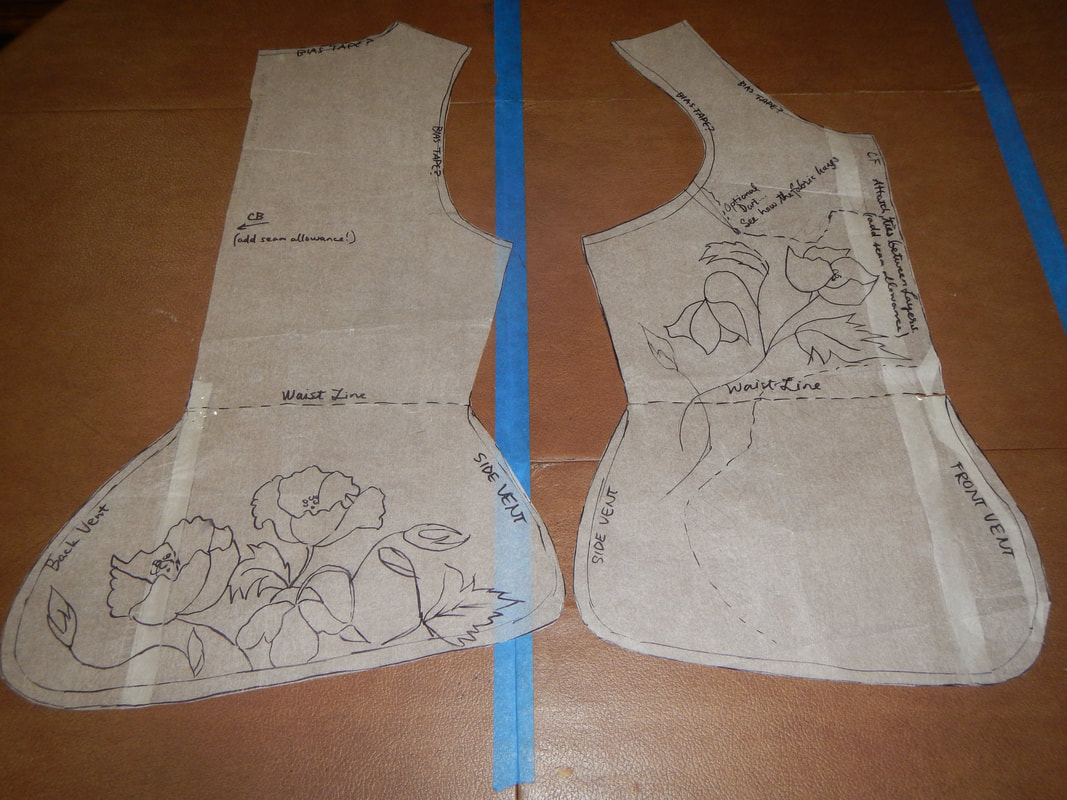
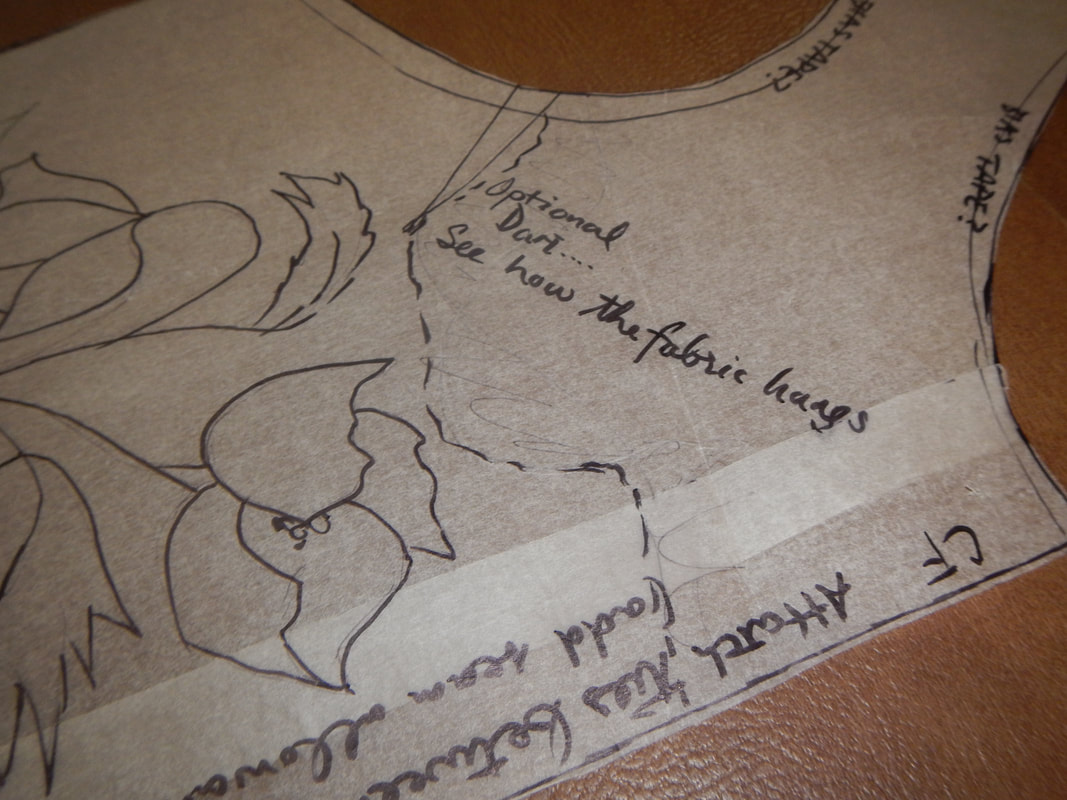
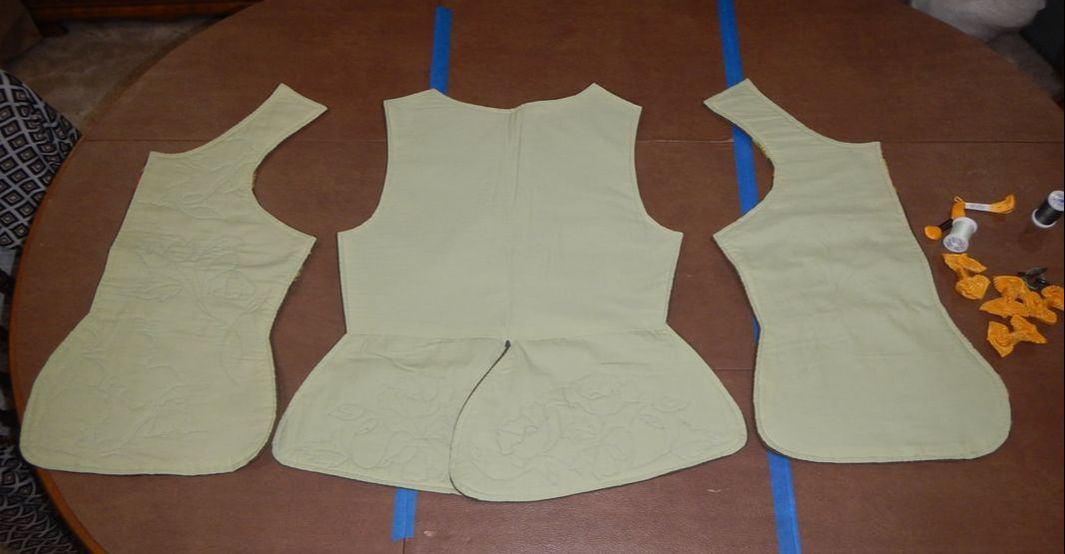
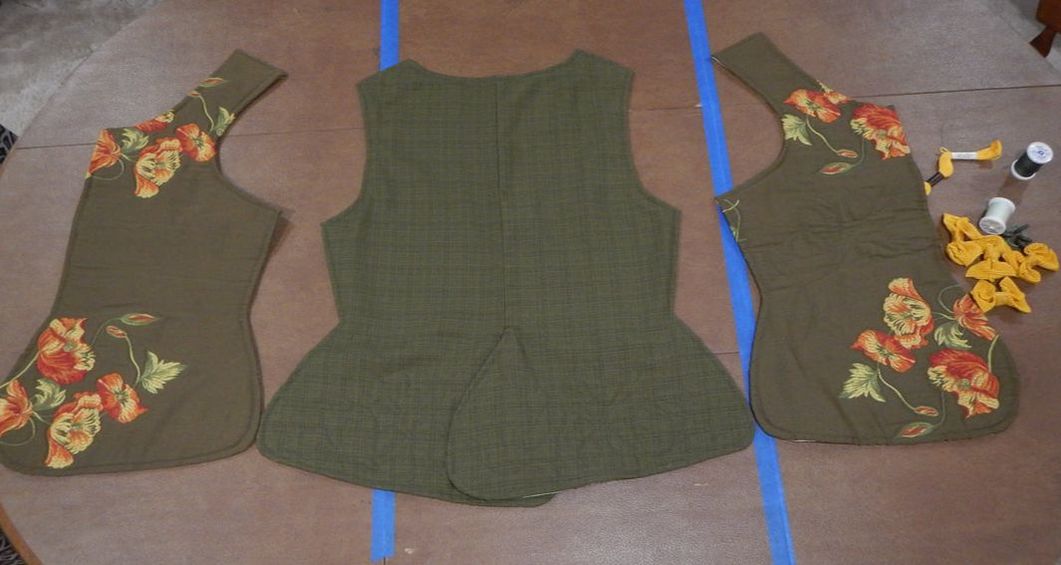
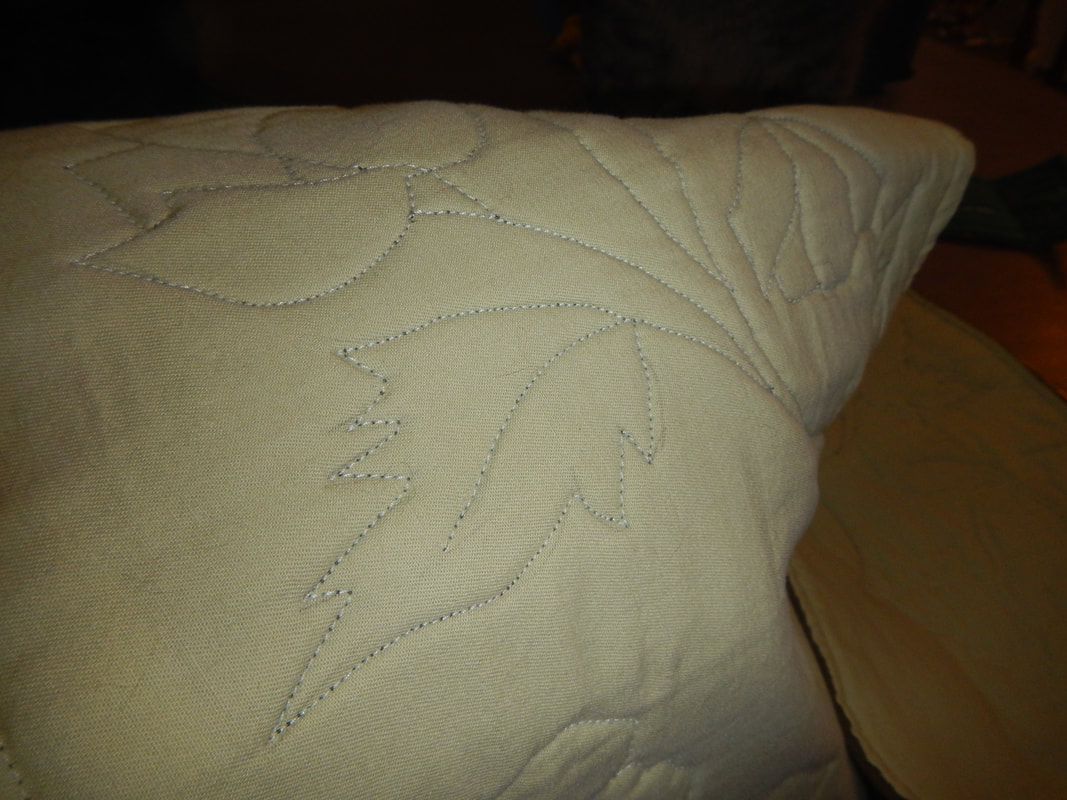
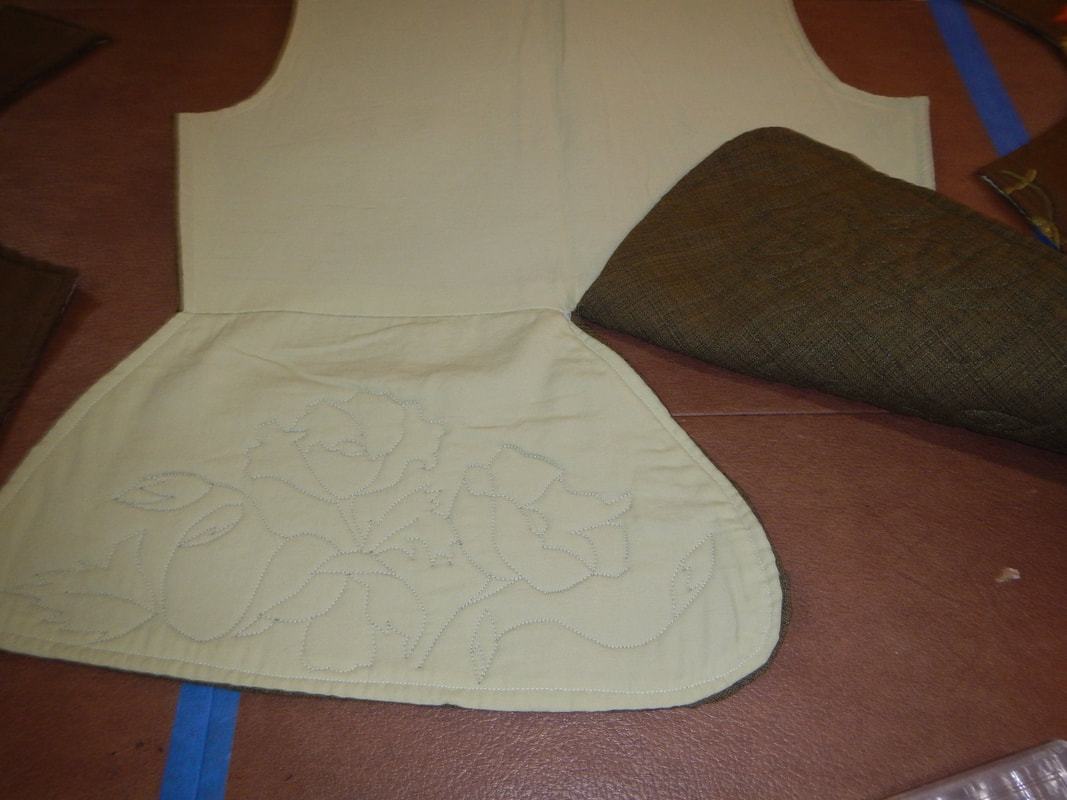
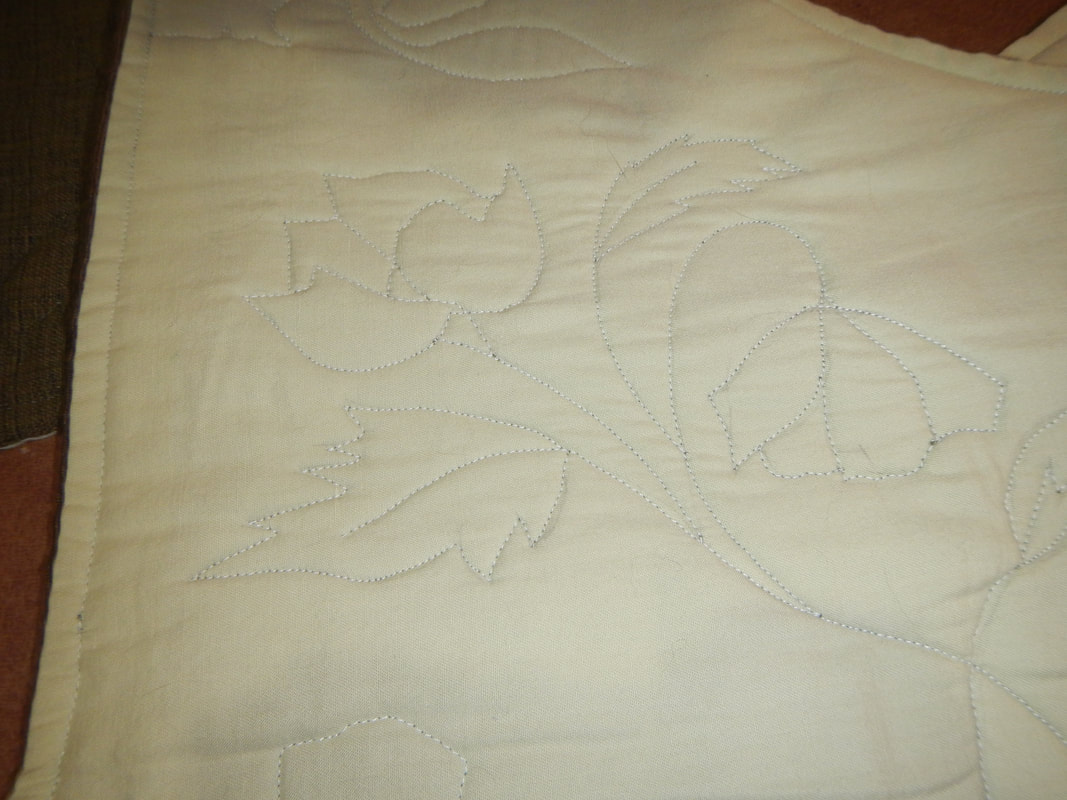
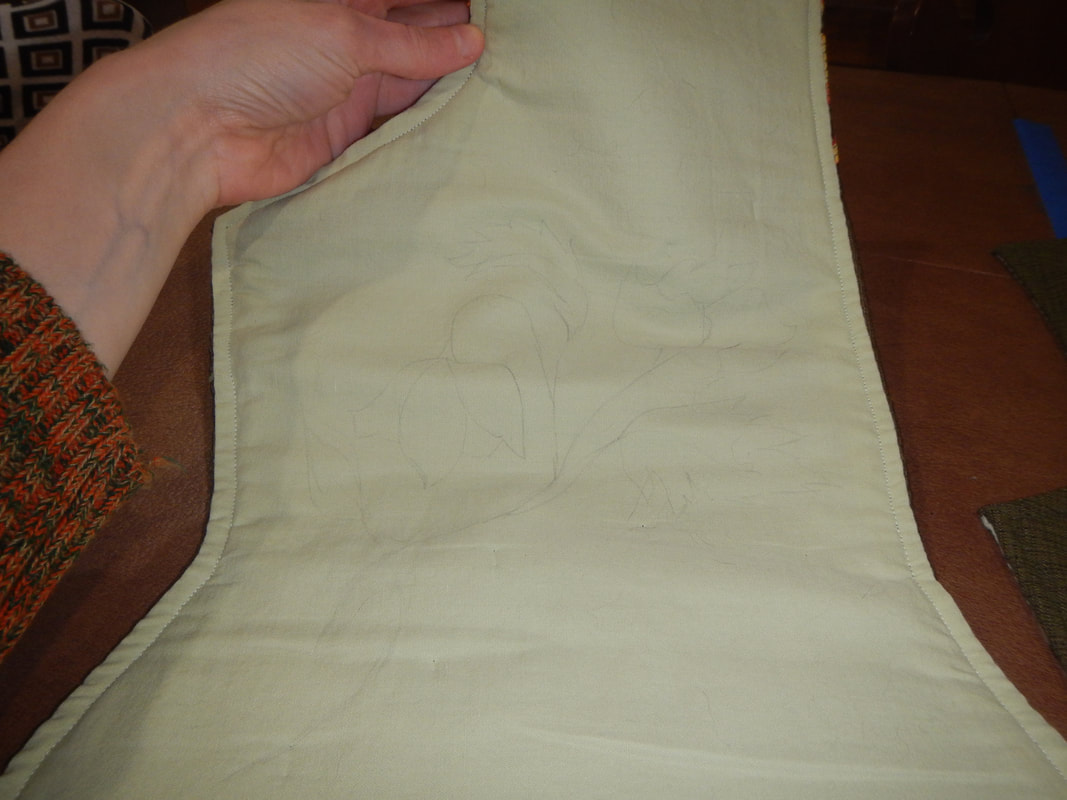
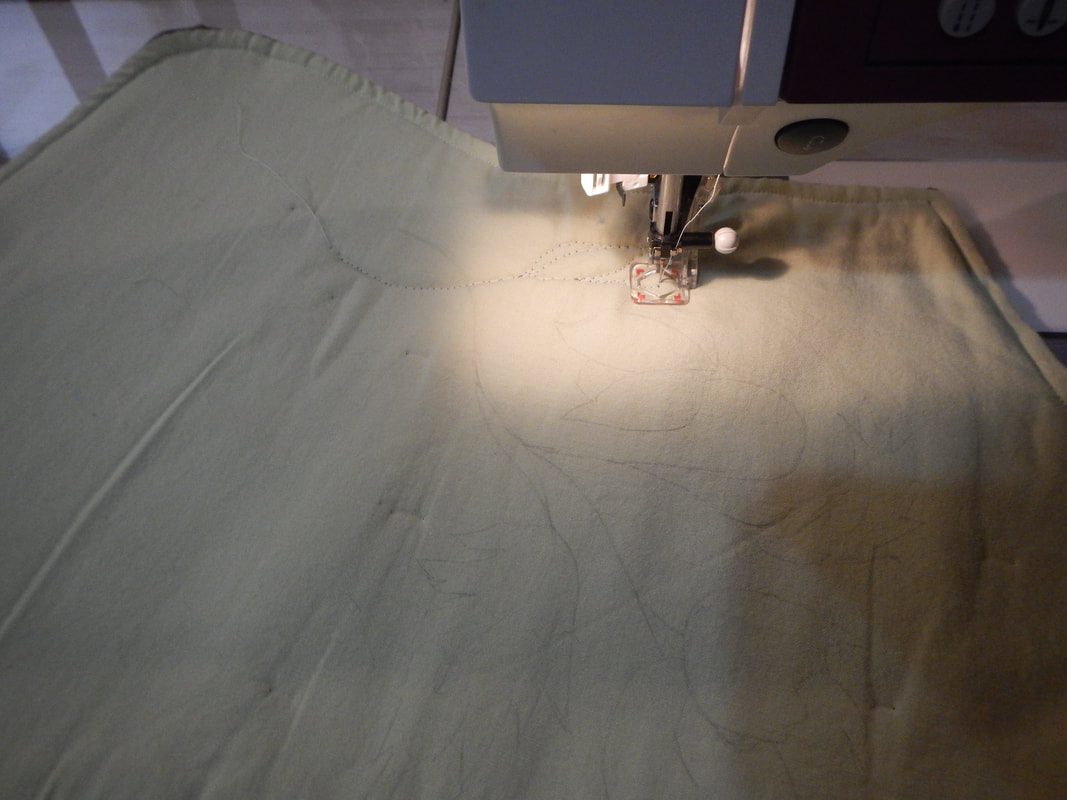
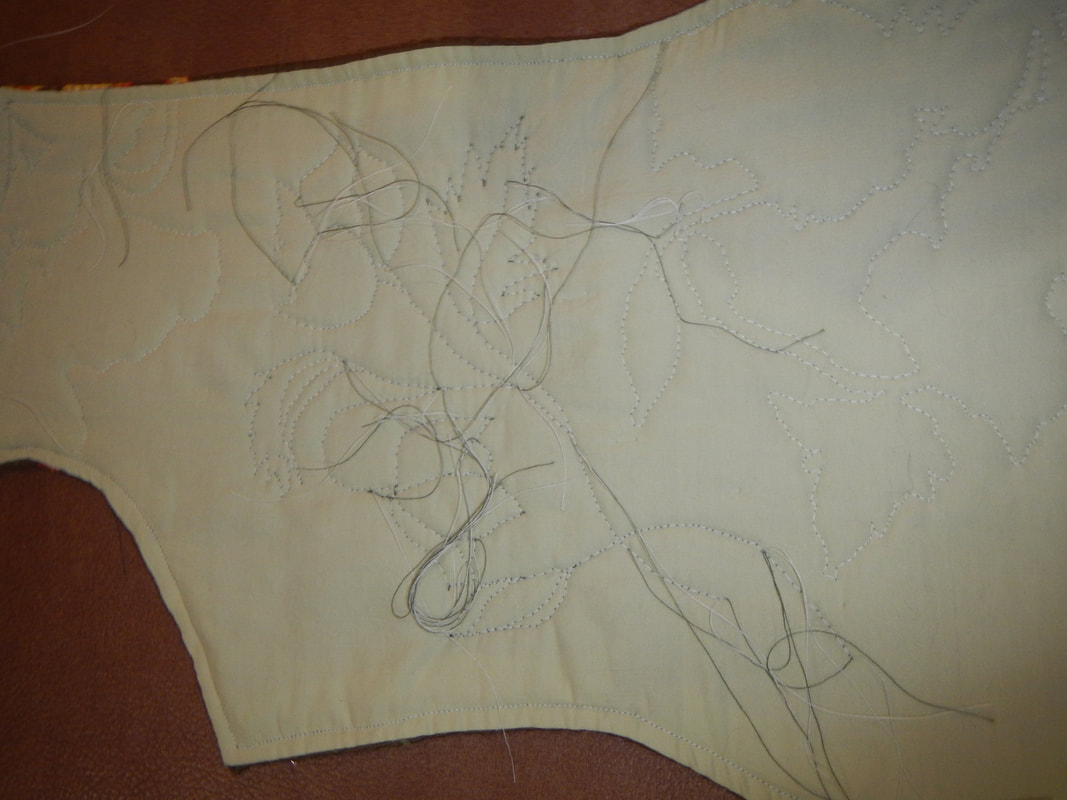
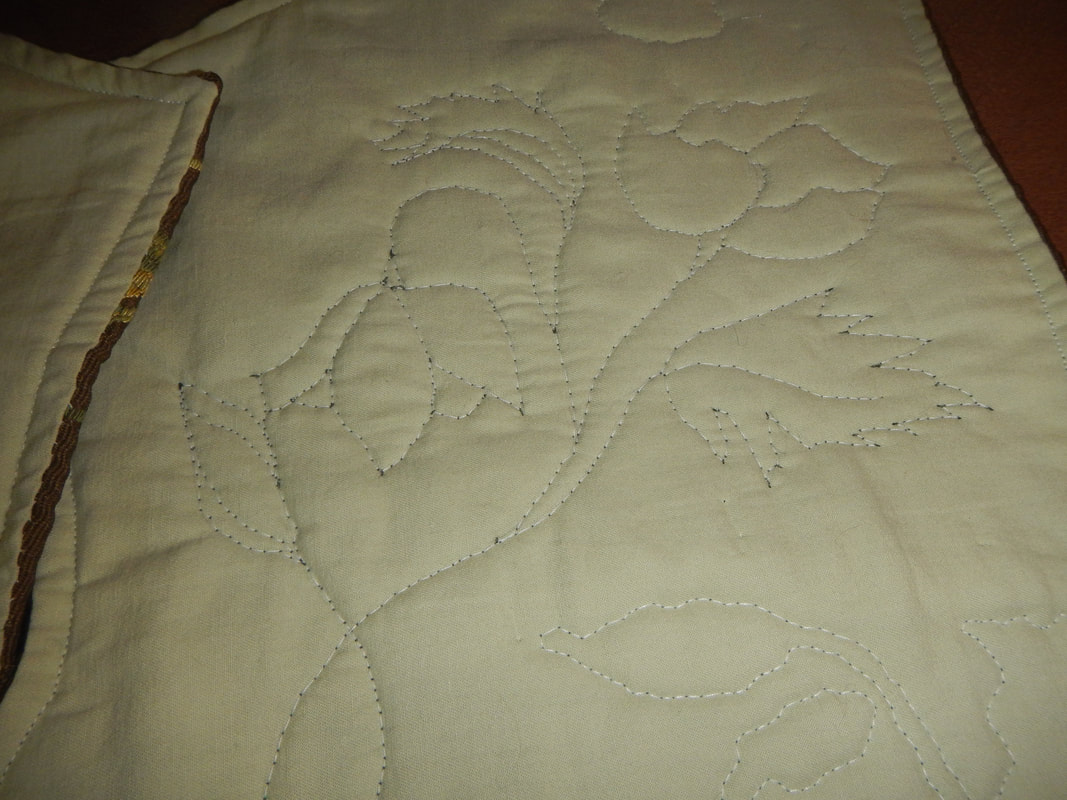
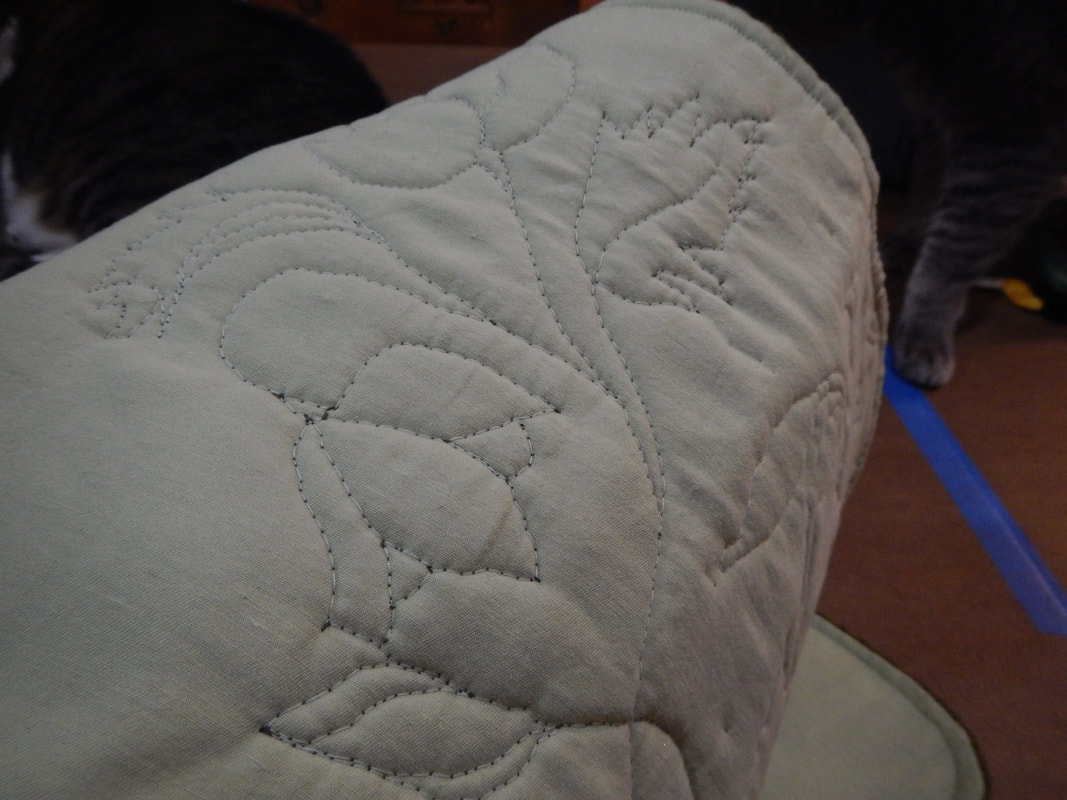
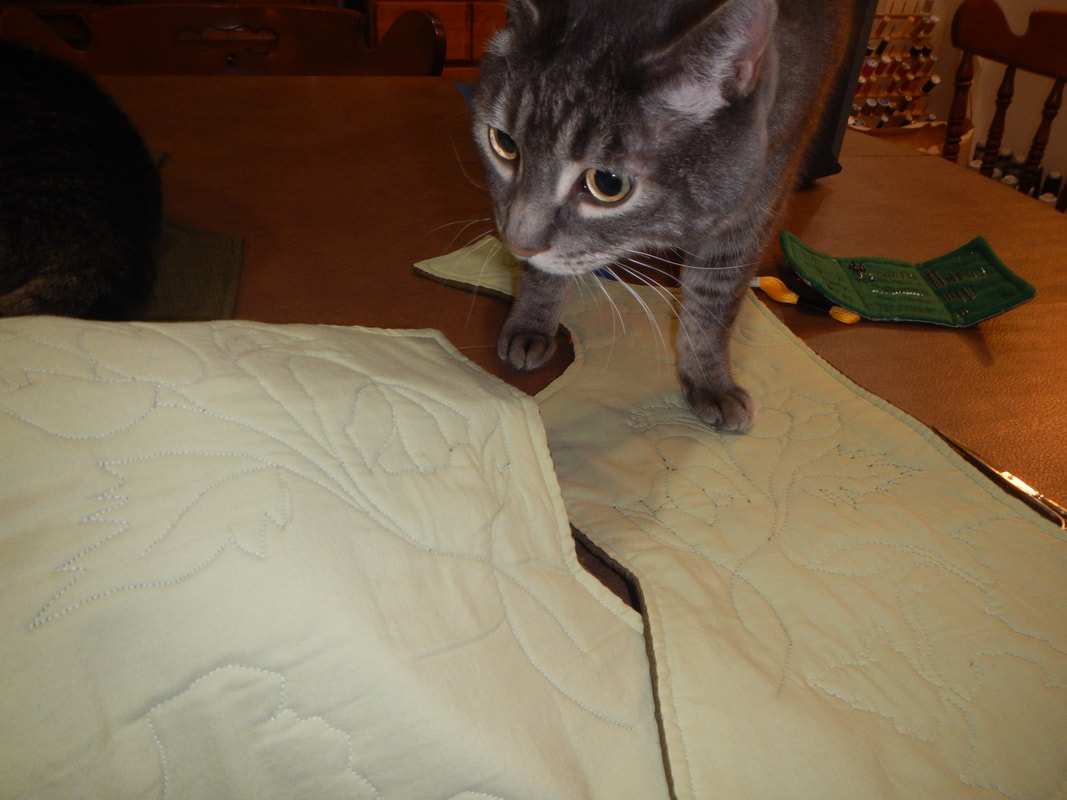


 RSS Feed
RSS Feed